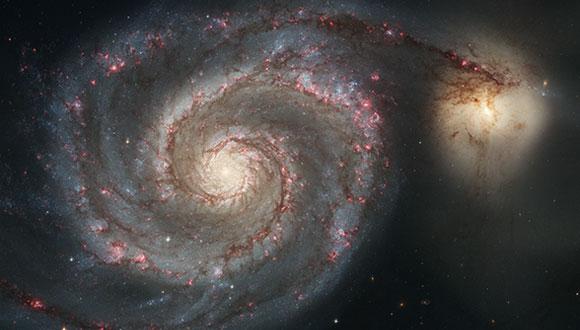Astronomy & Astrophysics Seminar: Probing unexplored exoplanet demographics with new microlensing campaigns
Dr. Yossi Schvartzchild, JPL
Abstract:
Gravitational microlensing is unique in its ability to probe several relatively untapped reservoirs of exoplanet demographics, including planets near the "snowline," the Galactic distribution of exoplanets, and the population of free-floating planets. However, converting from the standard microlensing observables to the fundamental physical properties of the lensing system requires additional information beyond the basic microlensing light curve. In the past few years we have achieved significant advances in developing the two main techniques to derive the planet properties, through measurements of the satellite parallax effect and also the flux of the lensing system.
In this talk I will discuss these new efforts and present our key results. Specifically, Spitzer microlensing campaigns from 2014--2016 have measured satellite parallaxes for over 350 events, facilitating mass and distance measurements for the lenses, including several planetary in nature. K2's Campaign 9 built off of this and conducted the first automated microlensing survey from space, providing the first opportunity to measure the masses of free-floating planets, which are identified by their short timescales and are inaccessible to Spitzer given its several-day lag between target selection and observation. Finally, high-resolution observations with Keck allowed us to isolate the microlensing targets and characterize planetary events. These efforts set the stage for the space-based microlensing survey of the WFIRST flagship mission, which was recently approved for Phase A and will extend the exoplanet census begun by Kepler to the outer reaches of planetary systems throughout the Milky Way.
Seminar Organizer: Prof. Sara Beck


